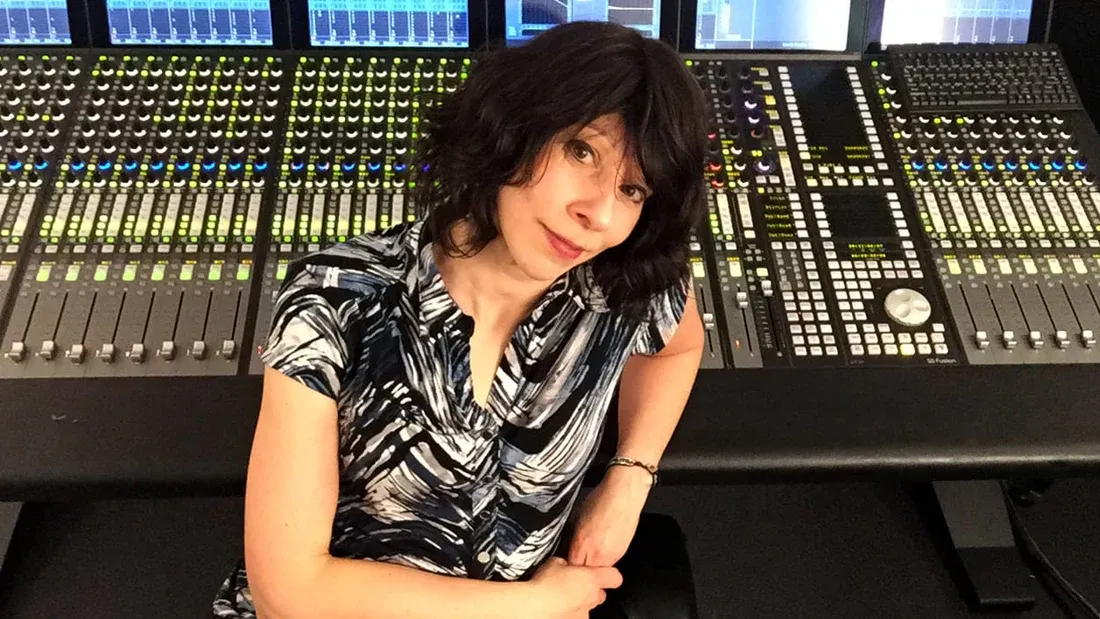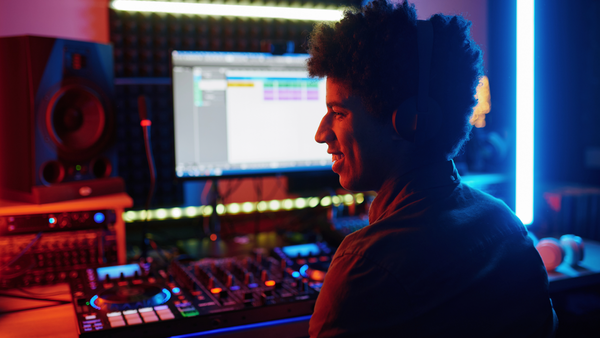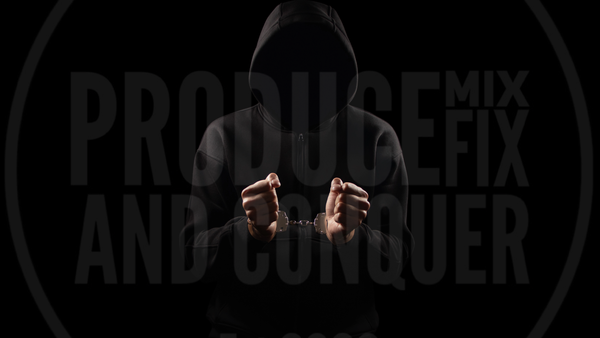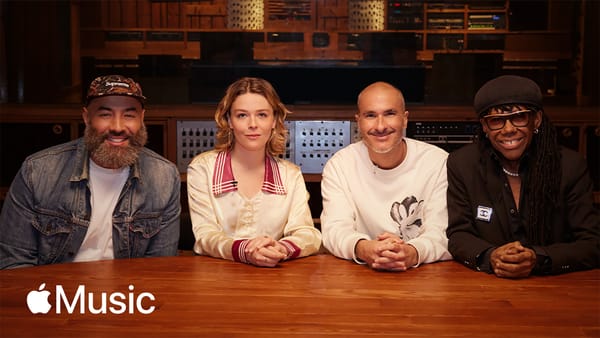Stereo Microphone Techniques 101 - By Mary Mazurek

Stereo Microphone Techniques for Rich and Versatile Recording
One of my favorite recording topics is stereo microphone techniques. I use them all the time in my classical music recording work, but they are so versatile that they are useful in almost all other genres. Some of their advantages include:
- Humans have two ears, so they mimic our hearing
- They preserve the balance and perspective of the ensemble you are recording
- Accurate imaging
- They produce an accurate portrayal of width and depth
- They are mono or have near mono compatibility
- They are great for large instruments/sections where one microphone isn’t enough i.e. piano, drum overheads, choirs, string sections, horn sections, etc.
- They could be used to add more room ambience and/or audience applause
- They could be used for balance and cohesion
- They are the building blocks for immersive miking
Explore Plugin Boutiques store – limited-time deals on your next go-to plugin: www.pluginboutique.com

Because of their utility and versatility, I wanted to share some of my knowledge about them. Now, there are many specific techniques with very precise measurements, but let’s begin with the basics. There are exceptions, but the majority of the specific techniques will fall within one of these three basic categories: coincident, near-coincident, or spaced/AB pairs. Each has some subtle and not-so-subtle differences and will highlight different aspects and tonalities of what you are trying to record. I’ll break them down for you.
Coincident Pair
A coincident pair uses two identical, directional (not omni) microphones. There is no space in between the diaphragms (or at least as close as possible). The diaphragms are angled some degree.

Coincident Pair - https://commons.wikimedia.org/wiki/File:XY_stereo.svg]
This technique is often termed X-Y, but I find there is some disagreement as to what constitutes X-Y. Some engineers argue that it is only 90°. Whereas my John Woram Sound Recording Handbook back from my undergraduate days denotes a range. I prefer the term coincident pair as it covers any angle that you as the engineer may deem appropriate.
So, what angle do you choose? Well, that depends on the width of the ensemble and how much space from left to right that you want it to take up in the stereo image. For example, a classical guitar doesn't take up as much room as an orchestra, so you would likely use a smaller angle for a solo guitar and a wider angle for an orchestra. Every other ensemble would fall somewhere in between.
Some other features of the coincident pair are that because the capsules are in close proximity to each other, this pair emphasizes the instrument(s) in the center of the stage and is mono compatible. This means that the frequency response remains the same in both stereo and mono, which is great for broadcast and allows codecs to make better decisions when thinning the data, meaning the perceptual coding will be less likely to throw out essential data when going say from .wav to .mp3.
Now a note on why omni is not a valid choice for this technique. Because the capsules are more or less in the same spot, the only localization cues that we receive are volume differences. If two omnis were placed in the same spot, there would be no on/off axis difference, thus making the volume of both channels equal. There would simply and practically be no difference between channels with two omnis so close together, so no stereo information.
To summarize, a coincident pair is an excellent technique when you want to emphasize the center of the image, need mono compatibility, or need to bring out some brightness in the overall sound.
Near Coincident Pair
This pair is similar to the coincident pair in that it uses two identical directional (not omni) microphones and that they are angled some degree, but the difference is that there is a space of a few inches between the microphones.

Near Coincident Pair (ORTF)
https://en.wikipedia.org/wiki/ORTF_stereo_technique#/media/File:ORTF-Stereo.svg]
In addition to volume differences between the channels caused by the on/off axis response, this pair also uses timing differences to localize the stereo image. Because the timing differences caused by the space between the microphones, this technique is not mono compatible. Should you still check the recording in mono? I say yes, and this is what you should listen for. This technique produces more airiness than the coincident pair due to the space. When you collapse the image to mono, that airiness goes away. Not much else in the frequency response should change. If this is the case, you should be good to go.
Here are some reasons to use this technique:
- You like the airiness that this technique produces.
- All the techniques reproduce depth (front to back imaging), but this one does it the best, in my opinion.
- You might also like more width. Adding more space between the microphones as well as widening the angle will widen the stereo image.
Spaced Pair
The final technique that I would like to touch on is the spaced pair. It consists of two identical microphones of any pattern though, unlike the other two techniques, omni is preferred. The capsules are spaced widely apart.

Spaced/AB Pair
https://en.wikipedia.org/wiki/Stereophonic_sound#/media/File:AB_Stereo.svg]
Omnis are preferred here because they are now far enough away to produce a stereo image, and their frequency response is not subject to the cancellations used to produce directional patterns.
This pair generally produces a wide image. This is due to the space. The wider the space, the wider the image. However, if these microphones are too far apart, it might result in a perceived hole in the center. The solution might be not to space them so far apart or to put a microphone in the center or even a place coincident or near coincident pair in the center.
We localize with timing cues with this technique. This technique is not mono compatible due to the timing differences, but I still recommend checking the recording in mono. The width and the airiness should collapse, but the rest of the frequency response should be more or less intact.
Use this pair when you have a really large ensemble like an orchestra or if you want some extra ambience in your recording. They make great surround channels for certain genres of music. Or you want to exaggerate the width. You might use them as drum overheads for this purpose.
Hear the Difference
I hope that this gives you a taste of stereo microphone techniques and gives you some ideas of where these might be useful in your recordings. To close, here are some recorded samples of these techniques that I recorded with my students. See if you can hear the difference.

Image: Recording acoustic guitar with stereo techniques using AKG 414s - Photo by Mary Mazurek
Coincident
Near Coincident
Spaced
Mary Mazurek is a GRAMMY-nominated recording engineer, nominated for Best Engineered Album, Classical in 2019 for Liquid Melancholy: Clarinet Music of James Stephenson. She is also an assistant professor of Digital Audio Arts at the University of Lethbridge in Alberta, Canada.





